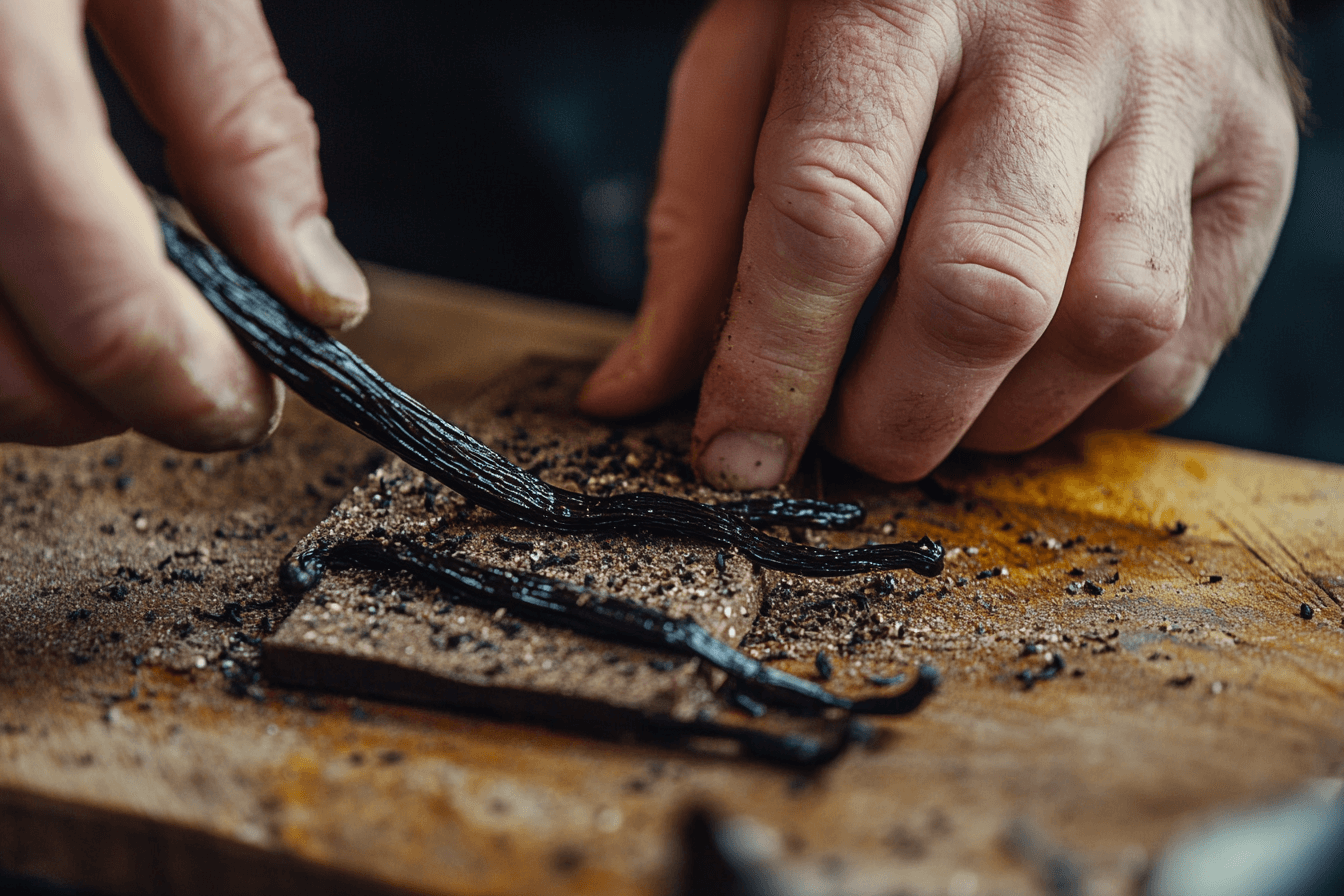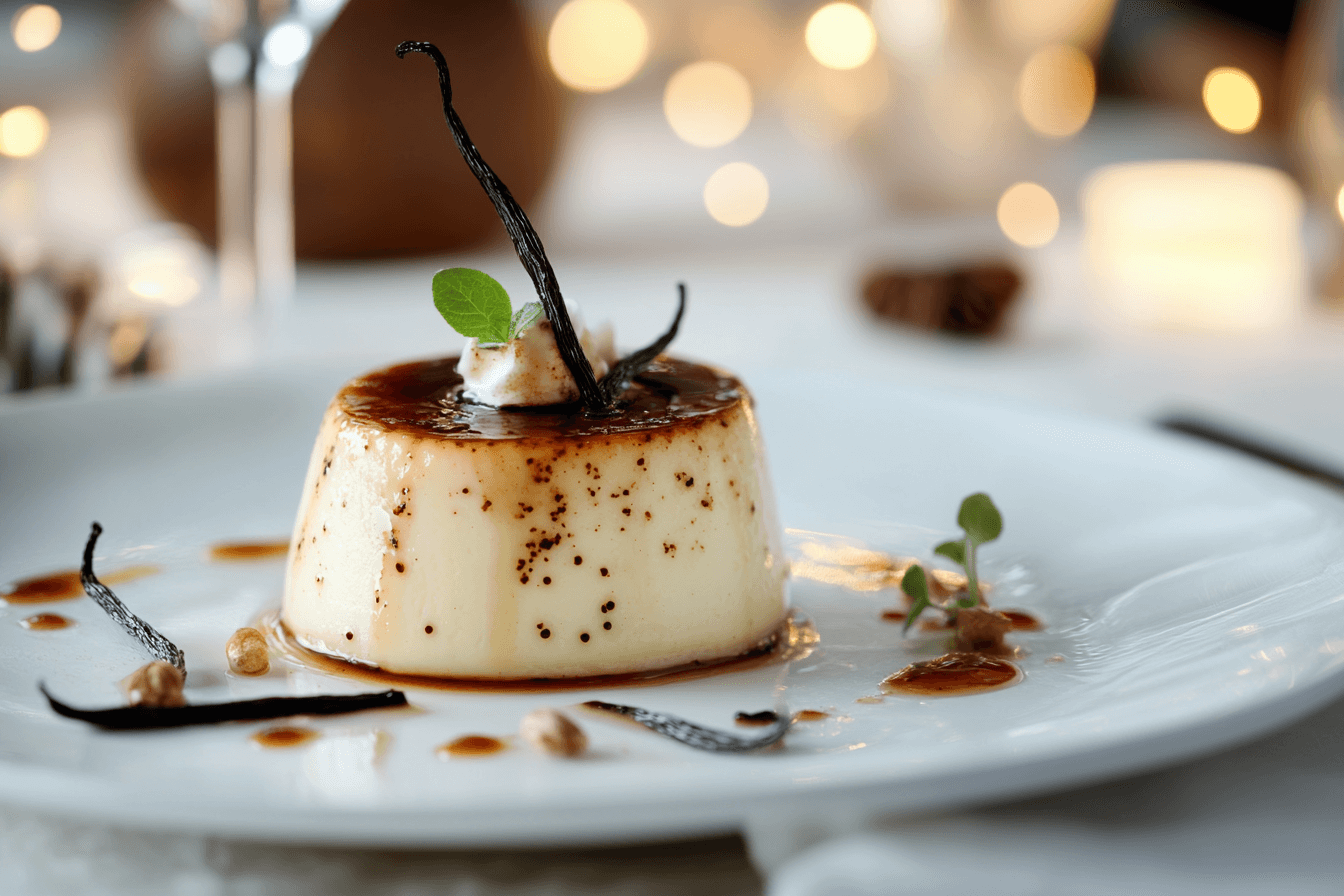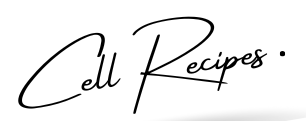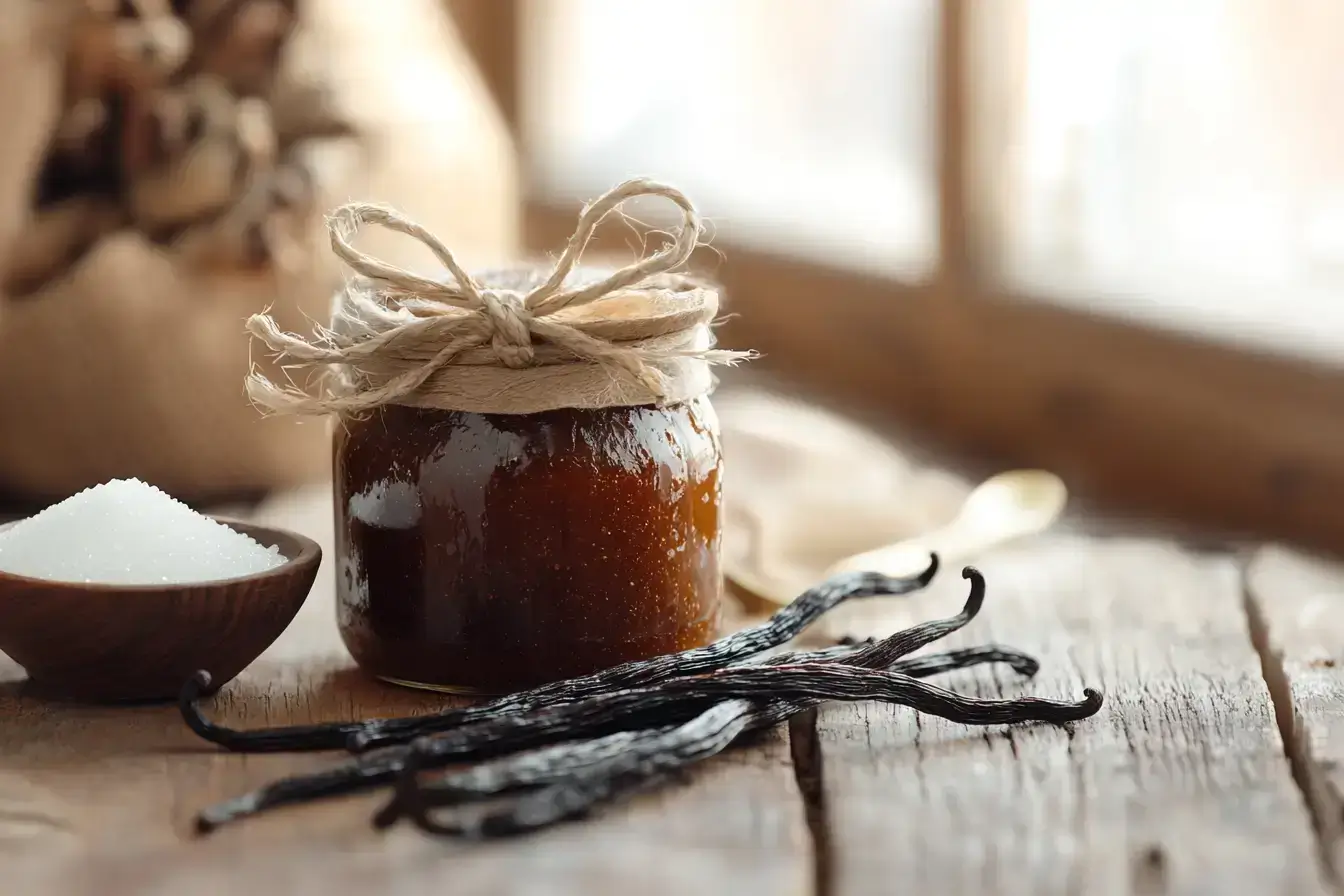How is Vanilla Paste Made?
Vanilla paste is a culinary treasure that adds depth, richness, and unmistakable flavor to a wide range of dishes. But have you ever wondered how this delectable ingredient is made? This article delves into the fascinating process of creating vanilla paste, exploring the ingredients, methods, and benefits behind it. From understanding the role of vanilla beans to uncovering the secrets of its preparation, you’ll gain a newfound appreciation for this versatile ingredient. So, let’s get started on this flavorful journey!
Introduction to Vanilla Paste
What is Vanilla Paste?
Vanilla paste is a thick, syrupy mixture that captures the full flavor and visual charm of vanilla beans. Unlike vanilla extract, it contains the tiny, black flecks of ground vanilla beans suspended in a blend of sweeteners and binders. This gives it a concentrated flavor profile that’s perfect for enhancing both savory and sweet recipes.
Historical Background of Vanilla Paste
Vanilla, derived from the pods of the Vanilla planifolia plant, has been a sought-after ingredient for centuries. Originally cultivated by the Totonac people of Mexico, vanilla gained popularity worldwide due to its unmatched aroma and taste. The creation of vanilla paste is a relatively modern innovation, born from the desire for a more convenient yet authentic vanilla flavor source.
Difference Between Vanilla Paste, Extract, and Beans
While all three forms of vanilla—paste, extract, and beans—come from the same source, their uses vary significantly. Whole beans are the most natural form, offering a potent, unprocessed flavor. On the other hand, extract is a liquid solution made by soaking the beans in alcohol, providing a convenient option for everyday recipes. Striking a balance, paste combines the practicality of extract with the intense flavor and signature specks of real beans.
Understanding these differences helps us appreciate what makes this ingredient so special. Ready to explore further? Let’s move on to the ingredients that go into making it in Part 2: Ingredients Used in Vanilla Paste Production!
Ingredients Used in Vanilla Paste Production
Creating vanilla paste at home is both simple and rewarding. By understanding the key ingredients, you can craft a product that rivals store-bought versions. So, how is vanilla paste made? Let’s explore the essential components.
Vanilla Beans: The Primary Component
Vanilla beans are the heart and soul of vanilla paste. These pods, harvested from the vanilla orchid, contain tiny seeds that burst with flavor. When making vanilla paste, both the seeds and the pod are utilized to maximize taste and aroma. The quality of the beans directly influences the final product, so it’s crucial to select premium beans for the best results.
Sweeteners: Sugar, Agave, or Honey
To balance the intense flavor of vanilla and achieve the desired consistency, sweeteners are added. Common choices include granulated sugar, agave syrup, or honey. Each sweetener imparts a unique taste profile:
- Sugar: Offers a neutral sweetness, allowing the vanilla flavor to shine.
- Agave Syrup: Provides a mild, honey-like taste with a lower glycemic index.
- Honey: Adds a rich, floral sweetness that complements the vanilla.
Selecting the right sweetener depends on personal preference and dietary considerations.
Binding Agents: Role of Corn Syrup and Xanthan Gum
Binding agents are essential for achieving the thick, syrupy consistency characteristic of vanilla paste. They help suspend the vanilla seeds evenly throughout the mixture. Common binding agents include:
- Corn Syrup: Contributes to viscosity and prevents crystallization, ensuring a smooth texture.
- Xanthan Gum: A plant-based thickener that provides stability and uniformity without altering flavor.
Using these agents in moderation is key to attaining the perfect consistency without overpowering the natural vanilla essence.
Optional Additives: Alcohol and Glycerin
While not always necessary, certain additives can enhance the shelf life and flavor extraction of vanilla paste:
- Alcohol: A small amount of alcohol, such as vodka, can act as a preservative and aid in extracting flavor compounds from the vanilla beans.
- Glycerin: A sweet, odorless liquid that adds moisture and extends shelf life without affecting taste.
Incorporating these additives is optional and depends on personal preference and storage needs.
By carefully selecting and balancing these ingredients, you can create a homemade vanilla paste that elevates your culinary creations.
Selecting Quality Vanilla Beans
The quality of vanilla beans significantly impacts the flavor and aroma of your vanilla paste. Therefore, understanding the different types and grades of beans is essential for achieving the best results.
Types of Vanilla Beans: Madagascar, Tahitian, Mexican
Vanilla beans are cultivated in various regions, each producing beans with distinct characteristics:
- Madagascar Vanilla Beans: Also known as Bourbon vanilla, these beans are renowned for their rich, creamy flavor and are the most commonly used variety in vanilla paste production.
- Tahitian Vanilla Beans: These beans offer a floral and fruity aroma, providing a unique flavor profile that differs from the traditional vanilla taste.
- Mexican Vanilla Beans: Known for their smooth, spicy, and woody flavor, Mexican vanilla beans add a subtle depth to recipes.
Choosing the right type of bean depends on the desired flavor outcome for your vanilla paste.
Grade A vs. Grade B Vanilla Beans
Vanilla beans are classified into two primary grades:
- Grade A (Gourmet) Beans: These beans are plump, moist, and visually appealing, making them ideal for recipes where the appearance of the bean matters. However, they contain more moisture, which can dilute the flavor in extracts and pastes.
- Grade B (Extract) Beans: Drier and less visually perfect, Grade B beans have a concentrated flavor, making them more suitable for making vanilla paste and extracts. Their lower moisture content results in a more intense vanilla essence.
For vanilla paste production, Grade B beans are often preferred due to their robust flavor and cost-effectiveness.
Identifying Fresh and High-Quality Beans
To ensure the best quality for your vanilla paste, consider the following when selecting beans:
- Appearance: Look for beans that are dark brown to black, with a slightly oily surface and no visible mold.
- Texture: Fresh beans should be pliable and slightly sticky to the touch, indicating adequate moisture content.
- Aroma: High-quality beans emit a strong, sweet, and fragrant vanilla scent. A weak or musty smell may indicate old or improperly cured beans.
By paying attention to these factors, you can select vanilla beans that will impart the richest flavor and aroma to your homemade vanilla paste.
Understanding the importance of ingredient selection and bean quality sets the foundation for creating exceptional vanilla paste. In the next section, we’ll delve into the step-by-step process of making vanilla paste at home.
Step-by-Step Process of Making Vanilla Paste
Creating your own vanilla paste at home is a rewarding endeavor that allows you to control the quality and flavor of this versatile ingredient. So, how is vanilla paste made? Let’s walk through the process step by step.
Preparing the Vanilla Beans

To begin, select high-quality vanilla beans, preferably Grade B for their concentrated flavor. Start by splitting each bean lengthwise with a sharp knife to expose the seeds inside. Then, using the back of the knife, gently scrape out the seeds, also known as vanilla caviar. Both the seeds and the pods will be used in the paste to maximize flavor.
Creating the Base Mixture
In a small saucepan, combine your chosen sweetener—such as granulated sugar, agave syrup, or honey—with a binding agent like corn syrup or a small amount of xanthan gum. The sweetener adds flavor and helps achieve the desired consistency, while the binding agent ensures a smooth texture. Heat the mixture over low heat, stirring constantly until the sweetener dissolves completely, forming a cohesive base.
Incorporating Vanilla into the Mixture
Add the scraped vanilla seeds and the split pods to the warm base mixture. Continue to heat gently, allowing the vanilla to infuse its rich flavor throughout. Stir regularly to ensure even distribution of the seeds. After about 5-10 minutes, remove the mixture from heat and let it cool slightly. For a smoother paste, you can blend the mixture carefully to break down any larger pieces of pod.
Storing the Finished Vanilla Paste
Once the vanilla paste has cooled to room temperature, transfer it to a sterilized, airtight jar to maintain freshness. Store the jar in a cool, dark place, such as a pantry or cupboard. Homemade vanilla paste can last for several months when stored properly. Remember to give it a gentle stir before each use, as natural separation may occur over time.
By following these steps, you can create a rich and flavorful vanilla paste to enhance your culinary creations.
Benefits of Using Vanilla Paste in Culinary Applications
Vanilla paste offers several unique advantages that make it a favorite ingredient for both home cooks and professional chefs. Let’s explore why this versatile product is so highly regarded in the kitchen.
Enhanced Flavor Profile
This paste provides a rich, concentrated vanilla flavor, thanks to the inclusion of real bean seeds. It delivers a stronger essence compared to extract, making it ideal for dishes that need a deep, authentic taste. The intensity of its flavor can elevate everything from cakes to custards, giving your recipes an unmistakable touch of luxury.
Visual Appeal: Vanilla Bean Specks
A hallmark of vanilla paste is the tiny black specks from the beans. These specks not only enhance the flavor but also add a visual element that signals the use of premium ingredients. Desserts like ice cream, frostings, and custards gain a sophisticated, artisanal look with the inclusion of these flecks, boosting their presentation value.
Convenience in Baking and Cooking
Using this ingredient is incredibly convenient. Unlike whole beans, which require splitting and scraping, paste comes ready to use. Its thick texture ensures even blending into batters and liquids, preventing evaporation during cooking or baking. Additionally, it offers a longer shelf life than fresh beans, making it a practical choice for regular use.
Whether you’re crafting baked goods, creamy desserts, or gourmet drinks, vanilla paste’s robust flavor, striking appearance, and ease of use make it a must-have in any kitchen.
Common Uses of Vanilla Paste in Recipes

Vanilla paste is a versatile ingredient that can transform ordinary recipes into extraordinary creations. Its rich flavor and visual appeal make it a favorite in kitchens around the world. But how is vanilla paste made so versatile in its uses? Let’s explore how it shines in various dishes.
Baked Goods: Cakes, Cookies, and Pastries
Vanilla paste is a go-to ingredient for bakers. Its thick consistency and robust flavor ensure it blends seamlessly into batters and doughs, enhancing the taste of:
- Cakes: A few teaspoons of vanilla paste can elevate a simple vanilla cake, giving it a richer, more authentic flavor.
- Cookies: Add depth to classics like chocolate chip cookies or sugar cookies with the concentrated taste of vanilla paste.
- Pastries: Whether it’s Danish pastries or cream puffs, vanilla paste imparts a gourmet touch to these baked delights.
The visible vanilla bean specks also add a touch of sophistication to these treats, making them look as good as they taste.
Desserts: Ice Creams, Custards, and Puddings
Vanilla paste is an essential ingredient in many desserts, where its intense flavor can shine through:
- Ice Creams: It gives homemade and store-bought ice creams a luxurious, creamy flavor with the added charm of vanilla bean flecks.
- Custards: Whether for crème brûlée or flan, vanilla paste ensures a smooth, rich flavor profile that’s hard to beat.
- Puddings: From classic vanilla pudding to layered trifles, this ingredient adds unparalleled depth and aroma.
The concentrated nature of vanilla paste means you need less of it to achieve an impactful flavor, making it perfect for creamy desserts.
Beverages: Coffees, Lattes, and Cocktails
Beyond food, it is a fantastic addition to beverages. It blends easily into liquids, infusing them with a warm, inviting flavor:
- Coffees and Lattes: Stir a dollop of vanilla paste into your morning brew for a sweet, aromatic twist.
- Cocktails: Craft unique vanilla-infused cocktails or mocktails by mixing vanilla paste with syrups or directly into the drink.
Its versatility in beverages ensures a cozy and aromatic experience with every sip.
Comparing Homemade vs. Commercial Vanilla Paste
When deciding whether to make vanilla paste at home or purchase a commercial version, there are several factors to consider. Understanding these differences can help you make an informed choice.
Cost Analysis
Homemade vanilla paste is often more cost-effective than store-bought options, especially if you already have the necessary ingredients. Vanilla beans can be purchased in bulk, and the remaining ingredients—sugar, corn syrup, or xanthan gum—are relatively inexpensive. In contrast, commercial vanilla paste may include additional costs for branding, packaging, and distribution.
That said, initial costs for quality vanilla beans can seem high, but the long-term savings from making paste in larger batches often outweigh the expense.
Quality and Purity Considerations
One of the main advantages of homemade vanilla paste is control. When you make it yourself, you can ensure that only high-quality ingredients go into the mix. Store-bought versions sometimes include artificial flavors, preservatives, or additives to extend shelf life, which can dilute the natural vanilla flavor.
Homemade paste also allows you to customize the ratio of ingredients to suit your taste preferences, ensuring a richer and purer product.
Customization and Flavor Control
When making vanilla paste at home, you have the freedom to experiment with different sweeteners, binding agents, and even vanilla bean varieties. Prefer the floral notes of Tahitian beans over the classic Madagascar flavor? You can tailor your paste to your liking.
On the other hand, commercial vanilla paste offers convenience and consistency. For those who don’t have the time or resources to make their own, store-bought options provide a reliable alternative that’s ready to use straight from the jar.
By weighing these factors, you can decide whether homemade or commercial vanilla paste best suits your needs. Regardless of your choice, knowing how is vanilla paste made enhances your appreciation for this versatile ingredient.
Frequently Asked Questions (FAQs)
What is the shelf life of homemade vanilla paste?
When stored in an airtight container and kept in a cool, dark place, homemade vanilla paste can last up to six months. Proper storage is key to maintaining its flavor and quality. Adding a small amount of alcohol, like vodka, can extend the shelf life by acting as a natural preservative.
Can I substitute vanilla extract with vanilla paste?
Yes, vanilla paste is an excellent substitute for vanilla extract in most recipes. It provides a stronger, richer flavor and includes the visual appeal of vanilla bean specks. Use it in a 1:1 ratio as a direct replacement for vanilla extract.
Is vanilla paste suitable for all types of recipes?
Absolutely! Vanilla paste works well in both sweet and savory dishes, as well as beverages. Its thick consistency makes it perfect for baking, while its intense flavor enhances desserts and drinks. Whether you’re making ice cream, cookies, or cocktails, vanilla paste is a versatile choice.
Where can I purchase high-quality vanilla beans?
You can find premium vanilla beans at specialty food stores, online retailers, or even local farmers’ markets. Look for beans labeled Grade B for making vanilla paste, as they offer a more concentrated flavor at a lower cost compared to Grade A beans.
Conclusion
Recap of the Vanilla Paste Making Process
Understanding how is vanilla paste made adds a new dimension to your cooking and baking adventures. From selecting the best vanilla beans to blending them with the perfect combination of sweeteners and binding agents, the process is both simple and satisfying. Each step, from preparation to storage, ensures that your homemade vanilla paste is flavorful and long-lasting.
Encouragement to Try Making Vanilla Paste at Home
Making vanilla paste at home is an enjoyable way to personalize this essential ingredient. Not only do you control the quality and flavor, but you also save money compared to store-bought options. Plus, there’s something deeply rewarding about creating a product that enhances your dishes in such a meaningful way.
Final Thoughts on the Versatility of Vanilla Paste
Vanilla paste is a kitchen staple that brings out the best in both sweet and savory recipes. Whether you’re baking a classic cake, preparing a creamy custard, or adding a hint of vanilla to your morning coffee, this ingredient is sure to impress. By learning how to make your own, you unlock endless possibilities for flavor and creativity in your cooking. So, why not give it a try? Your taste buds will thank you!
For a detailed recipe on making vanilla paste at home, visit the Vanilla Paste Recipe page.


1 thought on “How is Vanilla Paste Made? A Complete Guide to This Versatile Ingredient”